Motorola Moto X review
The Motorola Moto X is finally here but should you buy it?

-
+
Active Display + Touchless
-
+
Battery life
-
+
Design
-
-
Screen could be better
-
-
Only 16GB storage
-
-
Quite chunky
Why you can trust T3


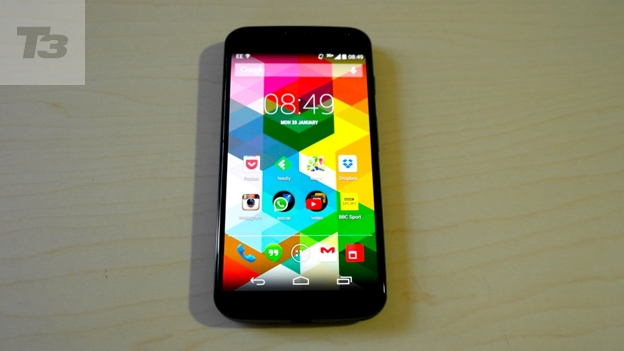

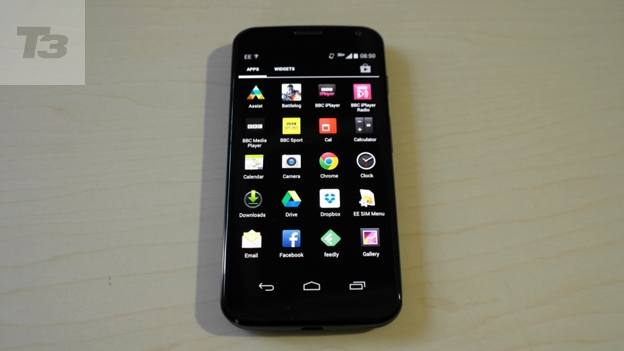
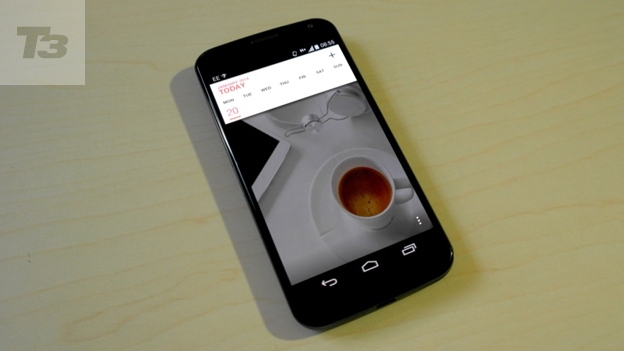
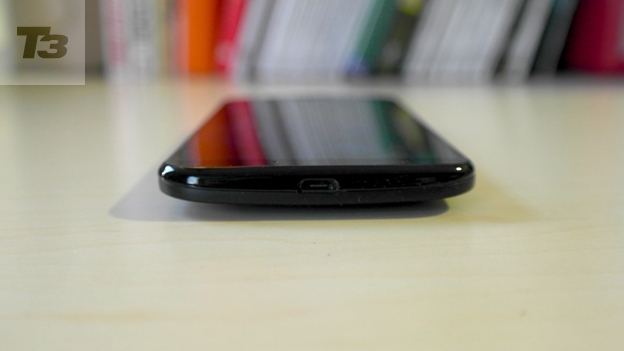
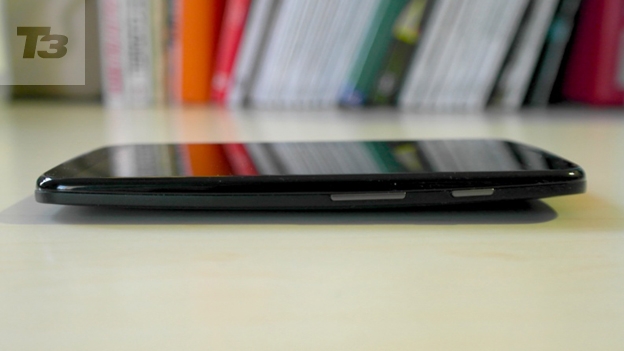
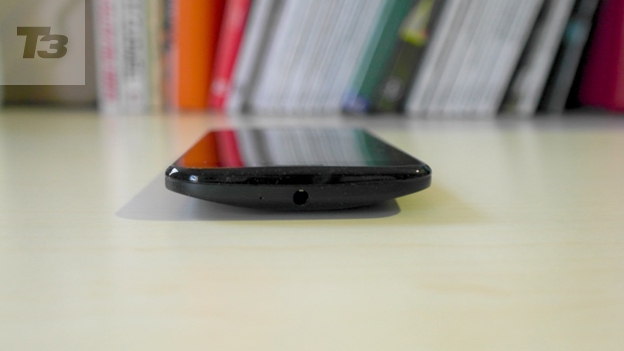
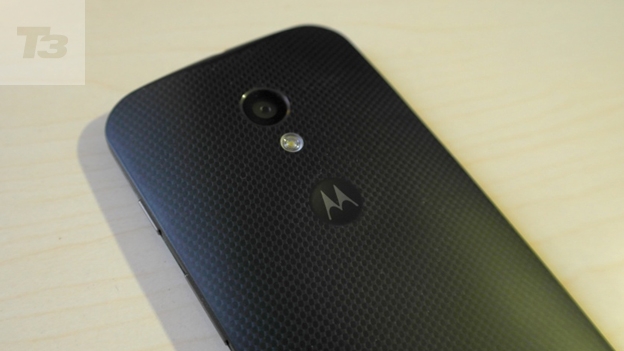
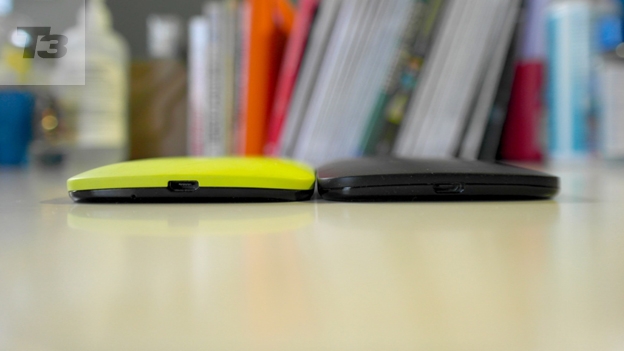
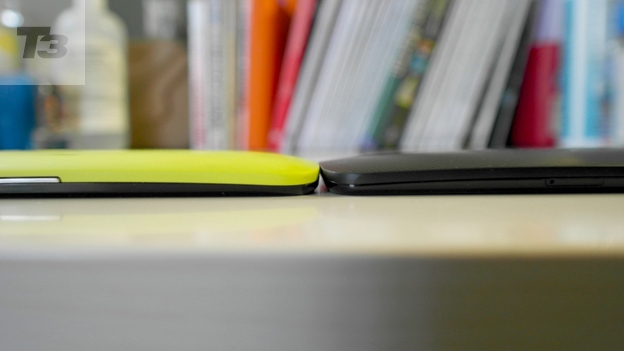


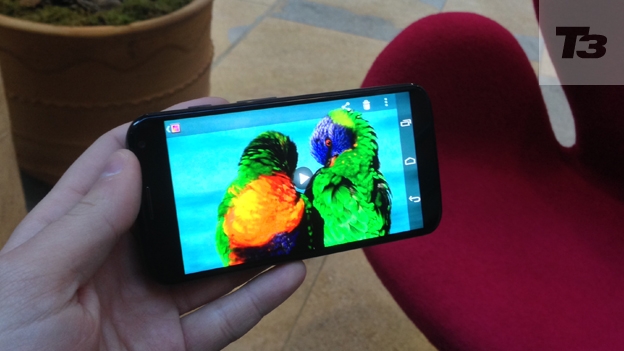
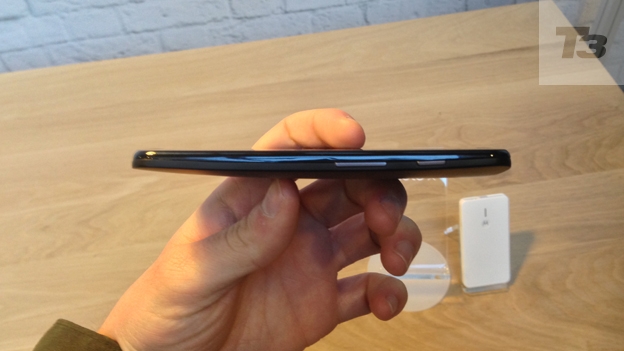


Motorola Moto X review: The Moto X may come from Google-owned Motorola but don't be fooled. This phone is gunning for the Nexus 5
The Motorola Moto X is the first major smartphone to be launched by Motorola since Google bought the company. Launching initially in the US, the Moto X won over reviewers by compensating for its mid-range specs by offering a user experience as yet unseen in the industry.
Using Moto Maker you could design the phone yourself, from the colour of the back to the colour of the edging around the display. You'd then upload your custom wallpaper and the phone would be automatically signed into your Google account. It'd then turn up at your doorstep just a few days later.
When you take those factors into consideration the 720p HD display suddenly didn't seem so bad (indeed it isn't) and what you ended up with was a totally unique phone that would always run the latest version of Google's Android.
The problem with all of this though is that it doesn't apply to us. Moto Maker is a US-only feature, which means that what you can buy over here is a Moto X in Black or White with 16GB storage and that's it.
Can just that be enough against the likes of the Google Nexus 5 and the Samsung Galaxy S4? Read on to find out!
Motorola Moto X: Size and build
Pick up the Moto X and you'll immediately realise that a lot of thought has gone into its design. The curved back is similar to the Motorola Moto G and just as easily held, trumping smartphones like the Sony Xperia Z1 and even the Nexus 5 when it comes to one-handed usage.
Oddly the Moto X feels heavy in the hand. On paper it shouldn't, at 130g it weighs exactly the same as the Nexus 5.
This could be down to the fact that the Nexus 5 is larger and thinner, so feels less dense but it's something to note if you're looking for an ultra-light phone.
Measuring in at 10.4mm at its thickest point the Moto X isn't wafer thin either, arguably that weighs in as a positive for how easy the Moto X is to hold but considering what it contains you do wonder if they couldn't have shaved a few mms off.
A rather neat addition to the build is that Motorola has covered the Moto X in a water-repellant coating, both inside and outside so should you get caught in the rain it'll be more than up to the task.
Motorola Moto X: Features
Turn on the Moto X and you'll be greeted with the latest version of Google's operating system: Android KitKat 4.4.2.
This is a mostly vanilla affair with Motorola offering only a few features that make the Moto X stand out from the crowd.
The first of these is Active Display that shows notifications when the phone is locked. By lighting only the pixels it needs to show the notification it saves on precious battery life while still giving you essential information.
Think of it as the next step on from the notification LED and you get the idea. It's incredibly useful, gently fading on and off it lets you stay up to date on what's going on and will turn on the moment you pick up the handset.
Next up is Touchless Control. Essentially an extension to Google Now, it'll listen all the time rather than having to be prompted. You train the phone to recognise your voice and then from there simply say "OK Google Now" at any point and you can start dishing out commands to your heart's content.
Ultimately like any voice-controlled service it's not perfect. 9 times out of 10 it'll read your commands, but every now and then it'll get confused. This is most common if you find yourself speaking too quietly or not speaking clearly enough.
Aside from that you get Motorola Migrate, an app that helps the transition of moving phones by moving apps, messages and more.
You also get a quaint app called Motorola Spotlight Player that every now and then gives you a new interactive short film. It's like Pixar's animated shorts, but you use the phone to look around inside the world as the film is happening.
Absolutely not a deciding factor in getting this phone, but it's a nice touch that really stands out when manufacturers insist on cramming their phones with bloatware and unwanted features.
Motorola Moto X: Screen
The Moto X comes with a 4.7-inch AMOLED 1280x720p HD display. Yes you read that right, this is a HD display, not Full-HD. Now for the spec hunters this will surely mean doom and gloom but it's important to note that resolution really isn't everything.
Being AMOLED is certainly an advantage, colours are incredibly rich and thanks to its ability to turn off individual pixels, blacks and contrast ratios are well ahead of the HTC One and Nexus 5.
Unfortunately it can't beat them overall and while generally you won't notice it's not Full-HD, you will get moments when you start to notice pixilation in apps. In summary, it's a solid AMOLED display, but it's missing the wow factor that other smartphones have.
Motorola Moto X: Camera
Motorola certainly hasn't scrimped on camera hardware as the Moto X comes with an impressive 10MP Clear Pixel boasting 1080p HD video recording and the ability to record in slow motion.
Quick Capture lets you take a picture in two seconds from the lock screen simply by flicking your wrist twice. It certainly works and while it's a neat feature we're not sure how effective it'd be under real-time restraints relying on a specific movement.
Camera results are varied, give the sensor enough light and you'll be rewarded with clear and rich images. Remove said light and you start to see some grainy results, it's a shame as on paper the camera should be up there with the best.
Motorola Moto X: Performance
Motorola has put aside the quad-core race, instead opting for a much more personalised approach. The Moto X comes with a custom X8 Mobile Computing system, which is essentially a tweaked Qualcomm Snapdragon S4 Pro 1.7GHz dual-core processor combined with an Adreno quad-core GPU.
Ultimately what that means is you'll get the same performance as a flagship smartphone, but without the enormous battery drain that top-of-the-range handsets suffer from.
It's a win-win situation that you'll see the benefit of in day to day usage. The Moto X is nippy to say the least and although we found it struggled with the odd animation intensive app (Cal), it was more than happy to zip through general tasks and heavy multi-tasking.
Memory comes in the form of 2GB of RAM (more than enough), and 16GB of on-board memory. To help bolster that number you also get two years of 50GB Google Drive storage free.
We're all for use of cloud-based storage but 16GB really isn't very much when you consider that the Nexus 5 32GB costs less.
Get all the latest news, reviews, deals and buying guides on gorgeous tech, home and active products from the T3 experts
Motorola Moto X: Battery
The Moto X comes with a custom-built 2200mAh, we say custom-built because it has been curved to fit within every mm of space the case has to offer.
If this phone has one shining achievement it's the battery life. It's impressive: we've been using it for around a week now and every single day we've unplugged it at around 7.30am and arrive home 12 hours later with around 30 per cent.
In an age where almost every phone needs to be plugged in before the commute home this is a refreshing and welcome change.
Motorola Moto X: Verdict
The Moto X is at its simplest a phone that feels out of date. Had it been launched a year ago we would have hailed it as a flagship phone with a battery life that couldn't be bettered, along with a range of simple features that made it truly practical and intuitive.
Unfortunately, as it stands the Moto X feels half-hearted. Motorola is clearly onto something strong with the Moto brand, the design is excellent and the subtle software features like Active Display and Touchless Control are non-obtrusive and excellent additions to a pure version of KitKat.
Where it falls down is the execution. The phone just doesn't feel like it's worth the price, the build is solid but the front ultimately looks cheap. We love the AMOLED display, but just wish it had a little more brightness and that Motorola could have upped the resolution.
The camera is good, but while the software features like Quick Capture are great, they're useless if the image it then takes is less than share worthy.
All this boils down to, though, is the price. At launch the Moto X is set to cost around £380. That's nearly £400 for a 16GB smartphone that boasts a 720p display. The 32GB Nexus 5 costs £339.
Motorola isn't alone. The Sony Xperia Z1 Compact is set to cost £449, of course we'll have to wait until we review it to find out if it can justify the price tag.
Motorola Moto X Release date: 1 February
Motorola Moto X price: £380 (16GB)
Thomas Tamblyn studied journalism at the University of Westminster, where he was a contributing presenter at the award-winning Smoke Radio station. He then moved to T3.com as a Staff Writer where he proceeded to write news, reviews and features on topics such as phones, electric vehicles, laptops, gaming, streaming services, headphones, tablets future tech and wearables.
